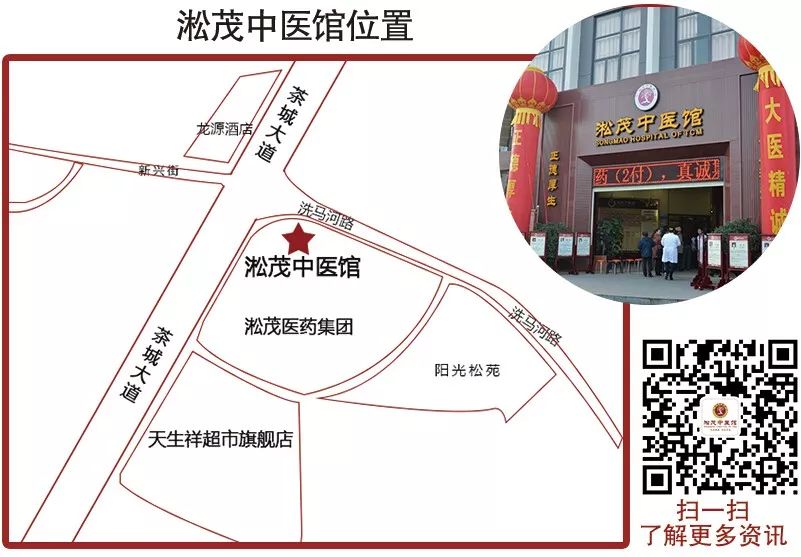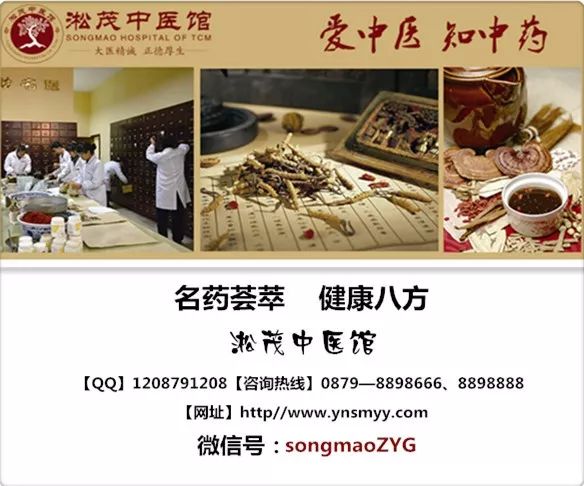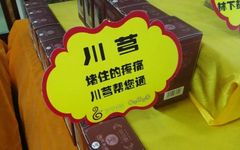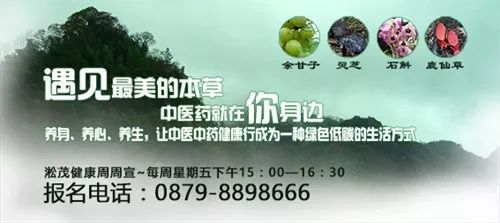
Chuanxiong (川芎) is a traditional Chinese medicinal herb known for its strong aroma, which can be used as a seasoning and tonic in daily cooking. It can also be directly extracted to create medicinal formulations. Chuanxiong is one of the key ingredients in the Si Wu Tang (四物汤), which is used to treat symptoms such as irregular menstruation and dysmenorrhea. This versatile herb can alleviate many common ailments in daily life. Let’s explore its benefits!
Chuanxiong——invigorates blood, dispels wind, scatters cold, unblocks meridians, promotes qi flow, and alleviates pain. It is primarily used for treating irregular menstruation, dysmenorrhea, amenorrhea, difficult labor, retained placenta, postpartum abdominal pain, masses, chest and flank pain, traumatic injuries, headaches, dizziness, and visual disturbances, as well as conditions like wind-cold-damp bi syndrome, limb numbness, carbuncles, cerebral vascular embolism, migraines, aphasia due to head trauma, atherosclerosis, coronary heart disease, hypertension, heart failure, emphysema, liver cirrhosis, and shoulder periarthritis.
Aliases: Xichuanxiong, Xiaoye Chuanxiong, Dachuanxiong, Shanjueqiong, Xiangguo, Maxian, Huqiong, Quenaoxiong, Jingxiong, Guanxiong.
Taste and Properties: Pungent, warm.
Meridian Affinity: Liver, Gallbladder, Pericardium.
Applicable Constitution: Blood stasis constitution.
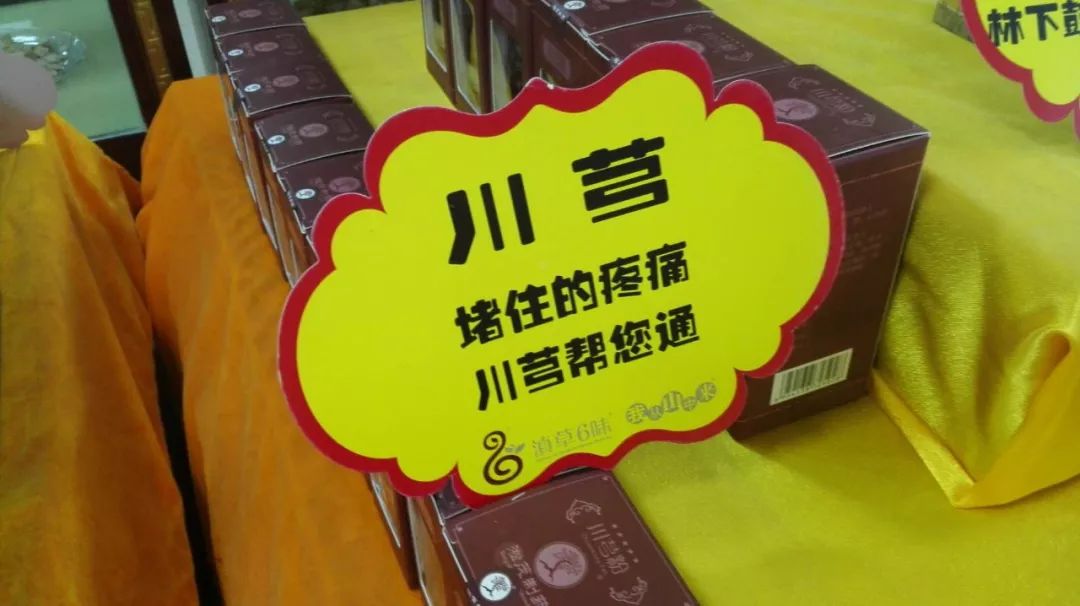
Components and Modern Pharmacological Research on Chuanxiong
Modern pharmacological studies show that extracts of Chuanxiong can dilate coronary arteries, increase coronary blood flow, and reduce myocardial oxygen consumption; they can also dilate cerebral blood vessels, reduce vascular resistance, and improve microcirculation; lower platelet surface activity, resist platelet aggregation, and prevent thrombosis; as well as exhibit sedative, antihypertensive, antibacterial, antihistaminic, choleretic, antifibrotic, antitumor, and radioprotective effects.
Daily Usage of Chuanxiong
Daily dosage: 3-9g; decocted in water for oral administration.
1. Grind Chuanxiong into powder and soak it in wine for oral use, which is particularly effective for migraines.
2. Tea substitute: Chuanxiong, green tea leaves, and Hangbai chrysanthemum, each 3g, brewed with boiling water as a tea drink, can serve as an auxiliary treatment for wind-heat headaches.
3. Decoction: Si Wu Tang (四物汤) consists of Chuanxiong, Danggui (当归), Baishao (白芍), and Shudihuang (熟地黄), decocted in water for consumption, which has the effect of nourishing blood and regulating menstruation.
1. Mental Clarity
Chuanxiong has a pungent and warm taste. You can buy some Chuanxiong and smell it; the aroma is quite strong, which can “open the orifices”. Chuanxiong is known for its ability to invigorate and awaken the mind. If you often feel mentally unclear after staying up late or overworking your brain, try holding a few slices of Chuanxiong in your mouth for a refreshing effect.
2. Headaches
Chuanxiong enters the Liver and Gallbladder meridians, making it a key herb for treating headaches, especially on the sides. It invigorates blood circulation, dispels stasis, promotes qi flow, and alleviates pain, effectively treating various pain symptoms caused by wind, cold, dampness, qi-blood disharmony, and blood stasis. Specifically, it is effective for headaches along the Gallbladder meridian. Chuanxiong can nourish blood while also invigorating it, ensuring adequate blood supply to the brain. For headaches, you can boil 30g of Chuanxiong in water, bring to a boil, then simmer for 15 minutes, and add a little honey when drinking.
3. Chest Tightness
Research has found that Chuanxiong enhances blood circulation, strengthens myocardial contraction, and dilates blood vessels. This effect can also be explained by the pungent characteristics of Chuanxiong, which strongly promotes the flow of qi. If you have friends who often experience chest tightness, you might suggest they try holding Chuanxiong or drinking Chuanxiong decoction.
4. Dysmenorrhea
Chuanxiong enters the Liver meridian and can enhance the liver’s ability to regulate. In women, dysmenorrhea is closely related to cold in the uterus, and often the liver’s regulating ability is insufficient.
Chuanxiong Egg
Ingredients: 5g Chuanxiong, 2 eggs.
Method: Clean Chuanxiong and eggs, boil them together until cooked, remove the eggshell, and simmer for another 15 minutes. Eat the egg and drink the soup.
Effect: Regulates menstruation, nourishes deficiency, alleviates pain, suitable for treating women’s amenorrhea and dysmenorrhea, and has a nourishing effect.
Chuanxiong and black-boned chicken are excellent for women’s nourishment.Chuanxiong Formulations
1. Nourishing the liver and benefiting the kidneys: 5g Chuanxiong, 10g Danshen (丹参), 2 eggs. Boil Chuanxiong, Danshen, and eggs in water, remove the eggshell after cooking, and simmer for a while longer. Drink the soup and eat the egg.
2. For blood stasis-type headaches: 6g Chuanxiong, 3g Honghua (红花), appropriate amount of green tea. Decoct and drink as tea.
3. For wind-heat-type headaches: 5g Chuanxiong, 6g Tianma (天麻), 10g Suanzaoren (酸枣仁). Grind these three herbs into a fine powder, soak in boiling water for 10 minutes, and drink as tea.
4. For qi deficiency and blood stasis-type coronary heart disease: 5g Chuanxiong, 5g Danshen, 10g Wujia Pi (五加皮), decoct and drink as tea.
Chuanxiong for Specific Conditions:
Migraine: 200g Chuanxiong soaked in 500ml rice wine for 3 months. Take 3 times a day, and effects can be seen in 5-6 days.
Bone hyperplasia: Apply an appropriate amount of Chuanxiong powder as a hot compress to the affected area, usually alleviating symptoms after 1-3 applications.
Interesting Story about Chuanxiong
In the early Tang Dynasty, the “King of Medicine” Sun Simiao traveled with his disciples to Qingcheng Mountain in Sichuan. During their journey, he suddenly heard the cries of several cranes. He noticed a large female crane with its head and neck drooping, trembling on its feet, and continuously mourning. The King of Medicine immediately understood that the crane was suffering from a serious illness. The next day, they returned to the same area, but the sick crane was no longer heard. Looking up, he saw several white cranes soaring in the sky, dropping a small white flower and some leaves that resembled carrot leaves. The King of Medicine instructed his disciple to collect and preserve them.
Days passed, and the female crane had completely recovered. The King of Medicine believed that the crane’s recovery was related to those leaves. After experimentation, he discovered that this plant had the effects of invigorating blood circulation, regulating menstruation, and dispelling wind and alleviating pain. He instructed his disciple to take this herb down the mountain to treat patients, and it proved to be effective.
The King of Medicine excitedly recited: “Qingcheng is the most secluded in the world, the first cave in western Sichuan. Where the immortal cranes pass, good medicine descends from the heavens.” Chuanxiong was originally named Xiongwei, produced in Sichuan, Yunnan, and Guizhou, but it gradually became fixed as the Sichuan variety, hence the name Chuanxiong. Whether this story is true or not is not essential, but the practical uses of Chuanxiong in daily life are indeed remarkable.
Effects and Indications of Chuanxiong
1. Invigorates blood and promotes qi
① Used for angina pectoris in coronary heart disease, with symptoms of chest tightness and frequent pain in the precordial area, it can be combined with Honghua, Danshen, Xiangxiang, and Chisha to form Coronary Heart Disease No. 2 formula.
② Used for diseases caused by qi and blood stasis, such as early menstruation with heavy red flow, indicating blood heat, it can be combined with Shengdi, Mudanpi, and Danggui; for late menstruation occurring once every 1-2 months, with abdominal pain and excessive white discharge during menstruation, it can be combined with Danggui, Paojiang, Duzhong, and Rougui.
③ Used for dysmenorrhea, especially if there is severe abdominal pain before menstruation, and menstruation occurs one day after the pain, it can be combined with Danggui, Taoren, and Honghua; if there is amenorrhea without discomfort, it can be combined with Danggui, Taoren, Ganjiang, and Rougui; for postpartum abdominal pain, it can be combined with Danggui and Paojiang.
④ Used for traumatic injuries and localized swelling and pain, it can be combined with Zhizi, Taoren, and Honghua.
2. Dispels wind and alleviates pain
① Used for headaches due to colds, it can be combined with Jingjie, Fangfeng, and Baizhi for wind-cold; for wind-heat, it can be combined with Chrysanthemum and Mint.
② Used for rheumatic pain, it can be combined with Qianghuo, Duhuo, and Fangfeng.
3. Promotes qi and relieves stagnation
① Used for cholecystitis with upper abdominal pain and distension, it can be combined with Chaihu and Huangqin.
② Used for gastritis with upper abdominal distension, acid reflux, and heartburn, it can be combined with Dandelion and Muxiang.
Chuanxiong Contraindications
Contraindicated for individuals with yin deficiency and excess fire, qi rising with phlegm and asthma, and those with excess above and deficiency below; caution in women with excessive menstruation, bleeding disorders, and during pregnancy; Chuanxiong is incompatible with Huanglian, Huangqi, Shanzhuyu, and Langdu, and should not be used with Nitrate or Talc, nor with Li Lu. Overuse can lead to symptoms such as vomiting and dizziness; it is also contraindicated in cases of excess fire, spleen deficiency with poor appetite, fire-accumulated headaches, vomiting, cough, night sweats, dry throat, fever, and irritability.
